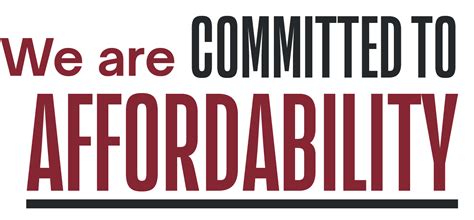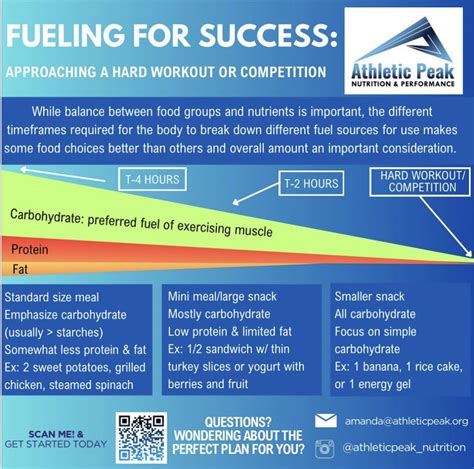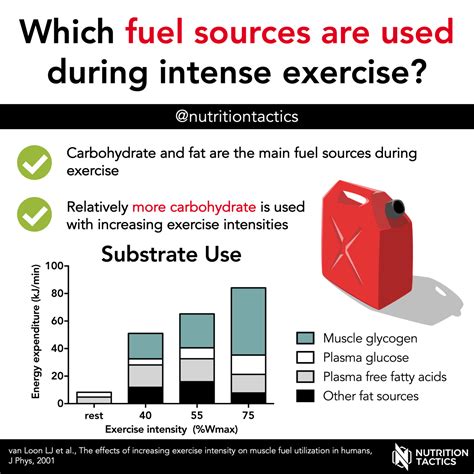Building Muscle Without Breaking the Bank: Your Budget Protein Guide
For men dedicated to packing on muscle, protein is the undisputed king of macronutrients. It’s the essential building block for muscle repair and growth. However, the misconception that a high-protein diet must be expensive often deters many. The good news? You can absolutely achieve impressive muscle gains on a budget without compromising on quality or quantity. This guide will walk you through the most cost-effective protein sources and smart strategies to fuel your progress.

Why Protein is Non-Negotiable for Muscle Growth
When you lift weights, you create microscopic tears in your muscle fibers. Protein provides the amino acids necessary to repair these tears and build new, stronger muscle tissue – a process known as muscle protein synthesis. Without adequate protein, your body struggles to recover and adapt to training, hindering your progress. Aim for roughly 1.6 to 2.2 grams of protein per kilogram of body weight (or 0.7 to 1 gram per pound) daily for optimal results.
Top Budget-Friendly Whole Food Protein Sources
Whole foods are often your best bet for cost-effective, nutrient-dense protein. Here are some champions of the budget bodybuilding diet:
Eggs: The Incredible, Affordable Edible
- Why they’re great: A complete protein source, incredibly versatile, and relatively cheap. They contain all nine essential amino acids.
- How to use them: Scrambled, boiled, fried, in omelets, or added to other dishes.
Chicken Thighs and Drumsticks: Flavorful & Frugal
- Why they’re great: Dark meat chicken cuts are significantly cheaper than breasts, more flavorful, and still packed with protein.
- How to use them: Baked, grilled, stewed, or shredded for sandwiches and salads.
Canned Tuna and Sardines: Ocean’s Budget Bounty
- Why they’re great: Excellent source of lean protein, omega-3 fatty acids, and convenient for quick meals.
- How to use them: In salads, sandwiches, mixed with cottage cheese, or eaten straight from the can.

Legumes (Lentils, Beans, Chickpeas): Plant-Powered Savings
- Why they’re great: Inexpensive, high in protein and fiber, and incredibly filling.
- How to use them: Soups, stews, chilis, salads, curries, or blended into homemade hummus.
Dairy Products: Creamy & Cost-Effective
- Why they’re great: Cottage cheese, Greek yogurt, and milk offer high-quality protein (casein and whey), calcium, and probiotics.
- How to use them: As snacks, in smoothies, as a base for sauces, or with fruit.
Ground Beef (Higher Fat): More Bang for Your Buck
- Why they’re great: While leaner cuts are pricier, higher-fat ground beef (e.g., 80/20) is often very affordable and can be drained of excess fat after cooking.
- How to use them: Tacos, stir-fries, meatballs, pasta sauces, or burgers.
Peanut Butter: Nutty & Protein-Rich
- Why they’re great: While not a primary protein source, it contributes significantly, especially in larger servings, and is relatively cheap.
- How to use them: On toast, in smoothies, with fruit, or mixed into oatmeal.
Budget Protein Supplements (When Necessary)
While whole foods should be your foundation, supplements can be convenient and cost-effective for hitting your protein targets, especially post-workout or when cooking isn’t an option. Look for:
- Whey Protein Concentrate: Generally cheaper than isolate, it still offers high-quality protein. Buy in bulk or look for sales.
- Soy Protein: A complete plant-based protein option that is often more affordable than other plant protein blends.
- Casein Protein: A slower-digesting protein, sometimes found at a lower price point than whey, great for overnight muscle repair.

Smart Strategies for Maximizing Protein on a Budget
Beyond choosing the right foods, how you shop and prepare your meals makes a huge difference:
- Buy in Bulk: Non-perishable items like dried beans, lentils, and oats, and even larger packs of meat, often come with a lower per-serving cost.
- Cook at Home: Eating out, even for healthy options, is almost always more expensive than preparing your own meals.
- Utilize Sales and Discounts: Keep an eye on weekly grocery flyers for deals on meat, dairy, and canned goods.
- Meal Prep: Dedicate a few hours each week to cook large batches of protein-rich meals. This saves time, reduces waste, and prevents impulse buys.
- Don’t Waste Leftovers: Repurpose yesterday’s chicken into today’s salad or wrap.
- Combine Sources: Mix plant and animal proteins to get a complete amino acid profile while keeping costs down (e.g., beans with a small portion of ground beef).

Sample Budget-Friendly Meal Ideas
- Breakfast: Oatmeal with milk and a scoop of peanut butter, or scrambled eggs with a slice of whole-wheat toast.
- Lunch: Lentil soup with a side of cottage cheese, or a tuna salad sandwich on whole-wheat bread.
- Dinner: Chicken thigh and bean chili, or ground beef stir-fry with rice and mixed vegetables.
- Snacks: Hard-boiled eggs, Greek yogurt, a handful of nuts, or a protein shake.
Conclusion
Gaining muscle doesn’t require an unlimited budget. By focusing on smart grocery choices, efficient cooking, and understanding your nutritional needs, men can easily build a high-protein diet that supports significant muscle growth without emptying their wallets. Prioritize whole foods, be strategic with supplements, and embrace home cooking – your muscles (and your bank account) will thank you.





